
Although somewhat underrated and often overlooked, Ancient Messini stands comparison with better known sites such as Olympia and Epidavros. Founded as the new capital of Messenia following its liberation from the Spartans, the city was carefully designed and was impressive both for its remarkable fortifications as well as the scale and size of its buildings. Unlike similar settlements, Messini was neither destroyed or ever built upon so has been well preserved. The archaeological site is very extensive even though it is estimated that only around a third of it has been excavated to date.
Mythology
According to local myth, Zeus was born at this site and was raised by the nymphs, Neda and Ithomi, the latter of whom gave her name to the local mountain. And in the 9th and 8th centuries BC the cult of Zeus Ithomatas was established at the top of Mt Ithomi. The name Messini relates to the mythical Queen Messini, the daughter of King Triopas. Pausanias reported that during the Hellenistic period Zeus Ithomatas and Queen Messini were still the two most important deities in the area.
History
Ancient Messini is the site of an older city, Ithome, which had been destroyed by the Spartans and was abandoned during the long period of Spartan subjugation. After the Theban general Epamonindas defeated Sparta at the Battle of Leuctra (371 BC) he built a new city over the ruins of Ithome and called it Messini. This was one of three newly built fortified cities intended to keep Sparta in check (the others were Mantinea and Megalopolis).
For over 300 years, Messenians had been helots under Spartan rule or had left for other parts of Greece or overseas Greek colonies in North Africa and Italy. Epamonindas invited the diaspora to return to the new capital of Messenia and the city quickly grew in stature.
Epamonindas himself played an active part in the design of the fortifications including 9.5km of substantial walls which together with the natural protection of Mt Ithome completely surrounded the settlement. The enclosed area was deliberately made very large so as to include enough agricultural land and springs to enable it to survive a siege indefinitely.
As for the city itself, this was constructed according to “Hippodomian” grid system (named after the 5th century architect and town planner, Hippodamus). Streets either ran North-South or East-West and the guiding principles were egalitarianism and “isonomy” (equality under the law). This meant that house sizes were equal in size as were plots of land. The layout was such that all citizens should have similar access to public facilities.
The numerous monumental structures of Messini and the scale and size of the city bear witness to its political, religious and economic importance. Excavations have revealed an agora (marketplace), a large theatre, an athletics stadium (later used as a Roman gladiatorial arena), various sanctuaries and temples, the Fountain of Arsinoe ( a major water storage facility), a bouleuterion (assembly house) and of course the city walls which were around 8 metres in height and extended for over 9km with around 30 towers. The Arcadian Gate (800 metres from the archaeological site) is well preserved and still acts as the gateway to Arcadia.
During the Roman period luxurious villas were built and the inscriptions found on them shed light on historical events in the Hellenistic and Roman periods.
Excavations
Excavations began in 1829 shortly after Greece became independent 1829 and were conducted by the French “Scientific Commission of the Morea Expedition” under the direction of Guillaume-Abel Blouet. A more systematic excavation of the site was undertaken by Themistoklis Sofoulis in 1895 and since then a number of other noted archaeologists have carried out work such as George Oikonomos (1909 and 1925), Anastasios Orlandos (1957). Since 1986 excavations have been conducted under Petros Themelis.
Findings from the excavations can be found at the small museum near the entrance to the site as well as at the much larger “Archaeological Museum of Messini” in the nearby village of Mavromati.
Click here for information on tickets, opening hours etc

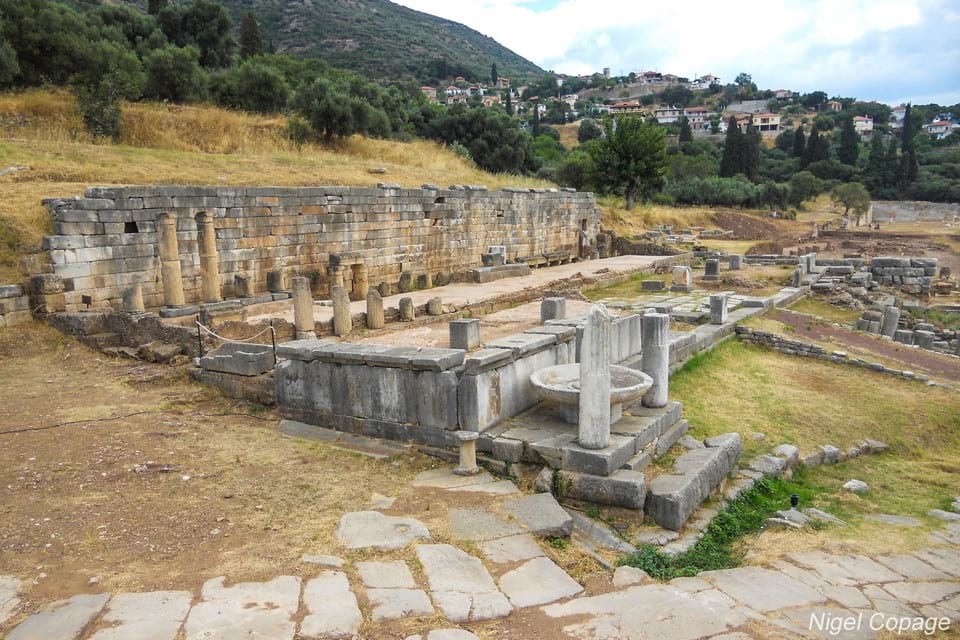

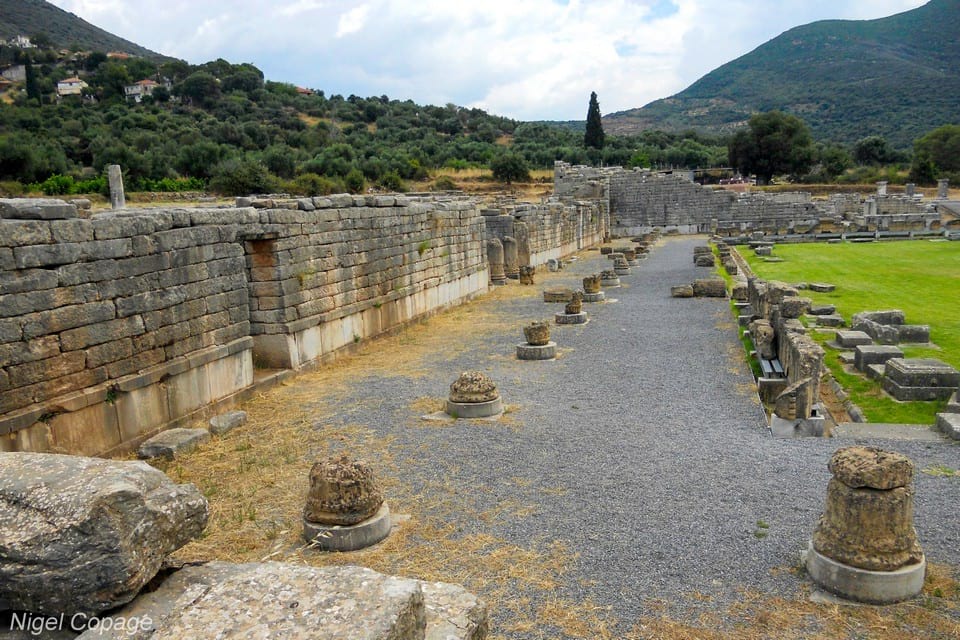
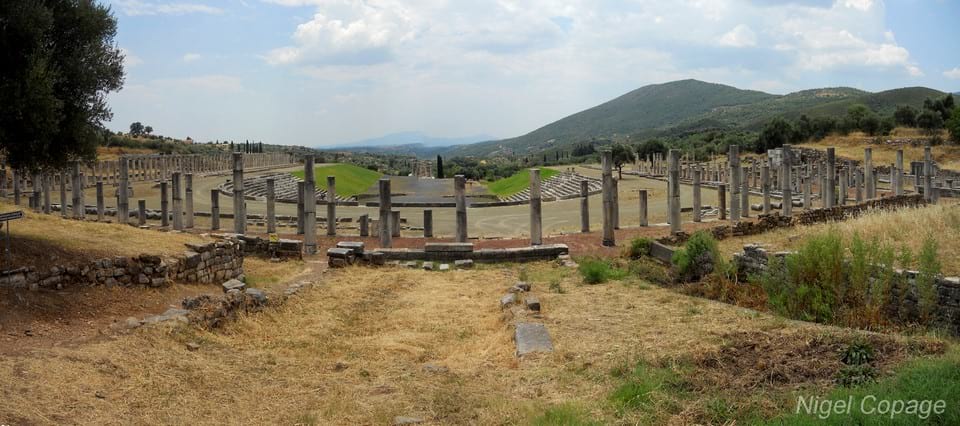
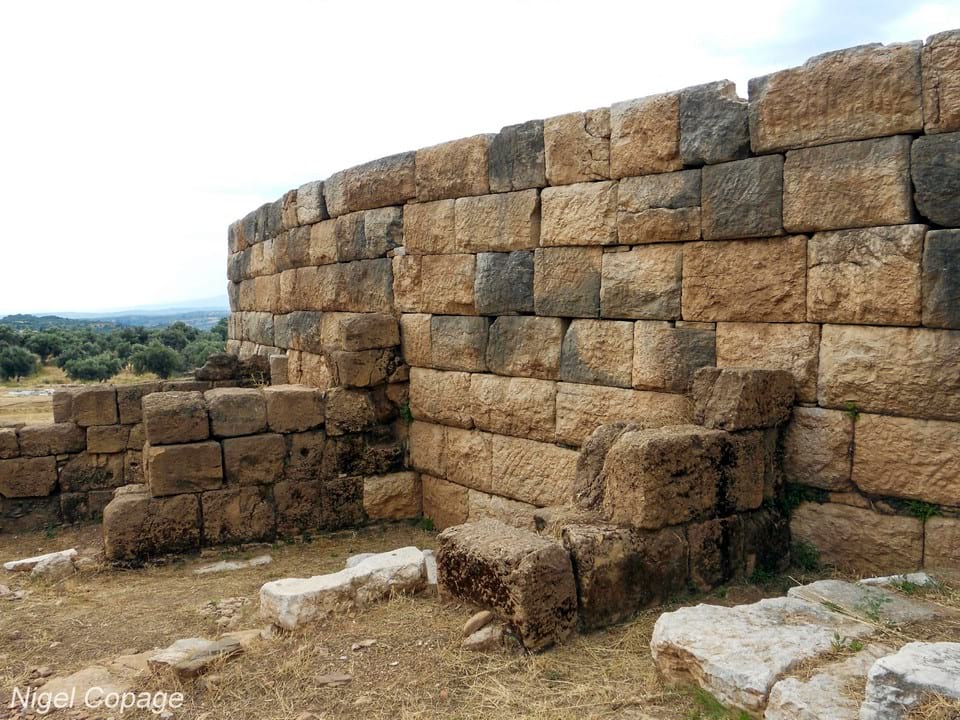

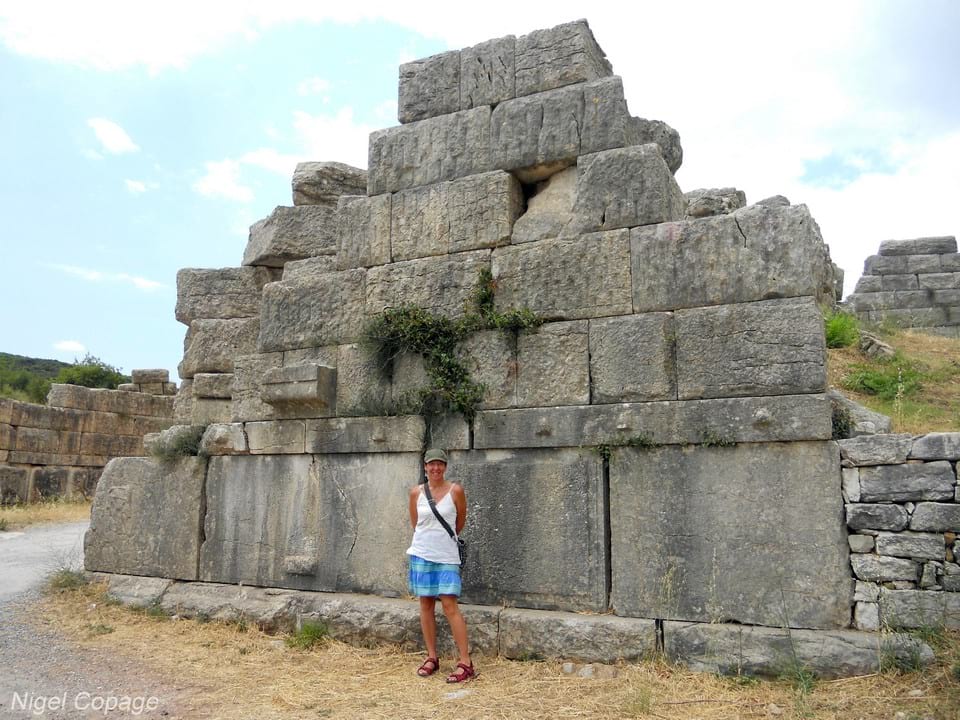
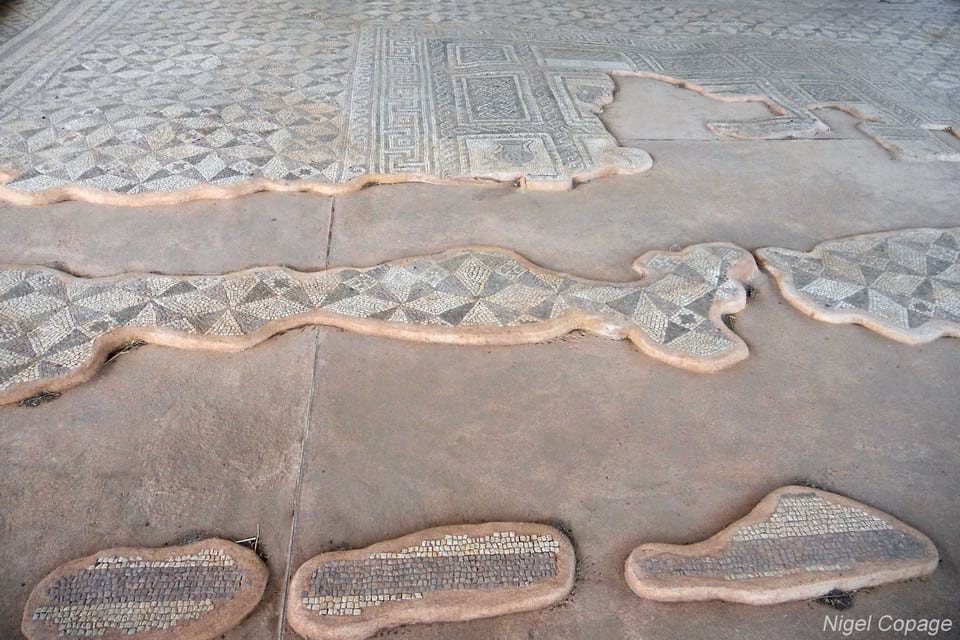

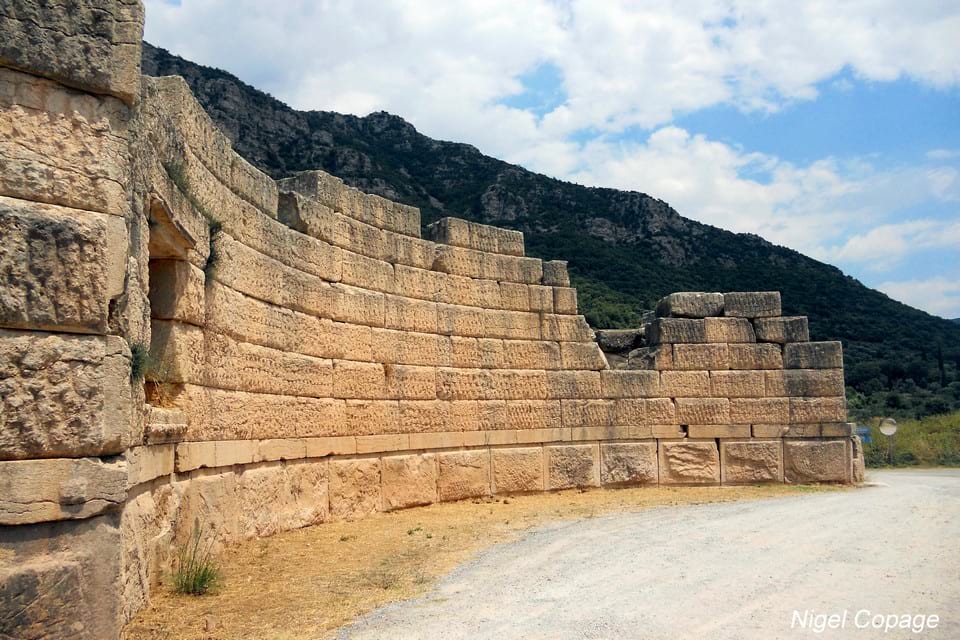 The Arcadian Gate
The Arcadian Gate
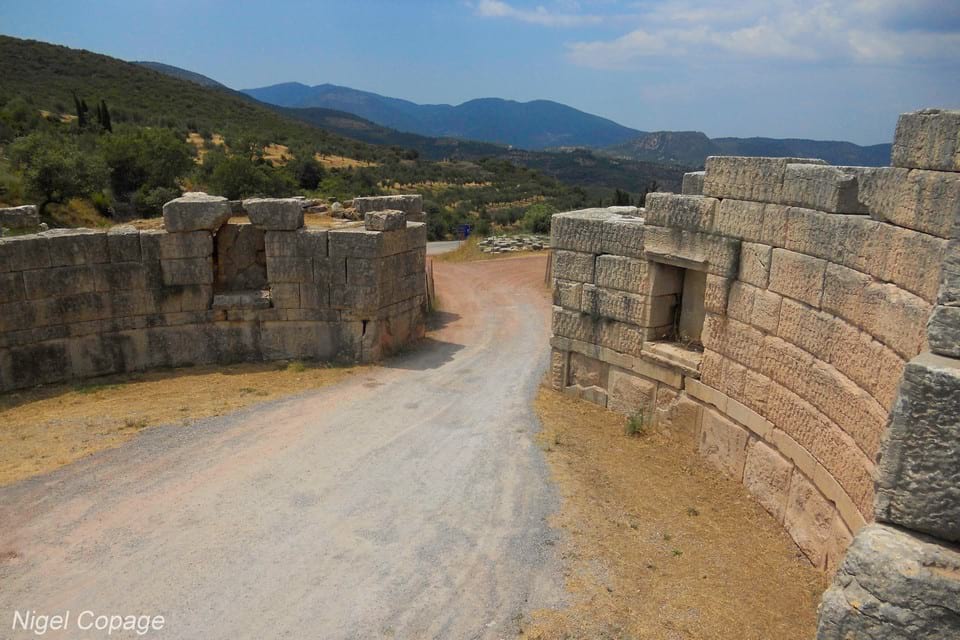 The Arcadian Gate
The Arcadian Gate